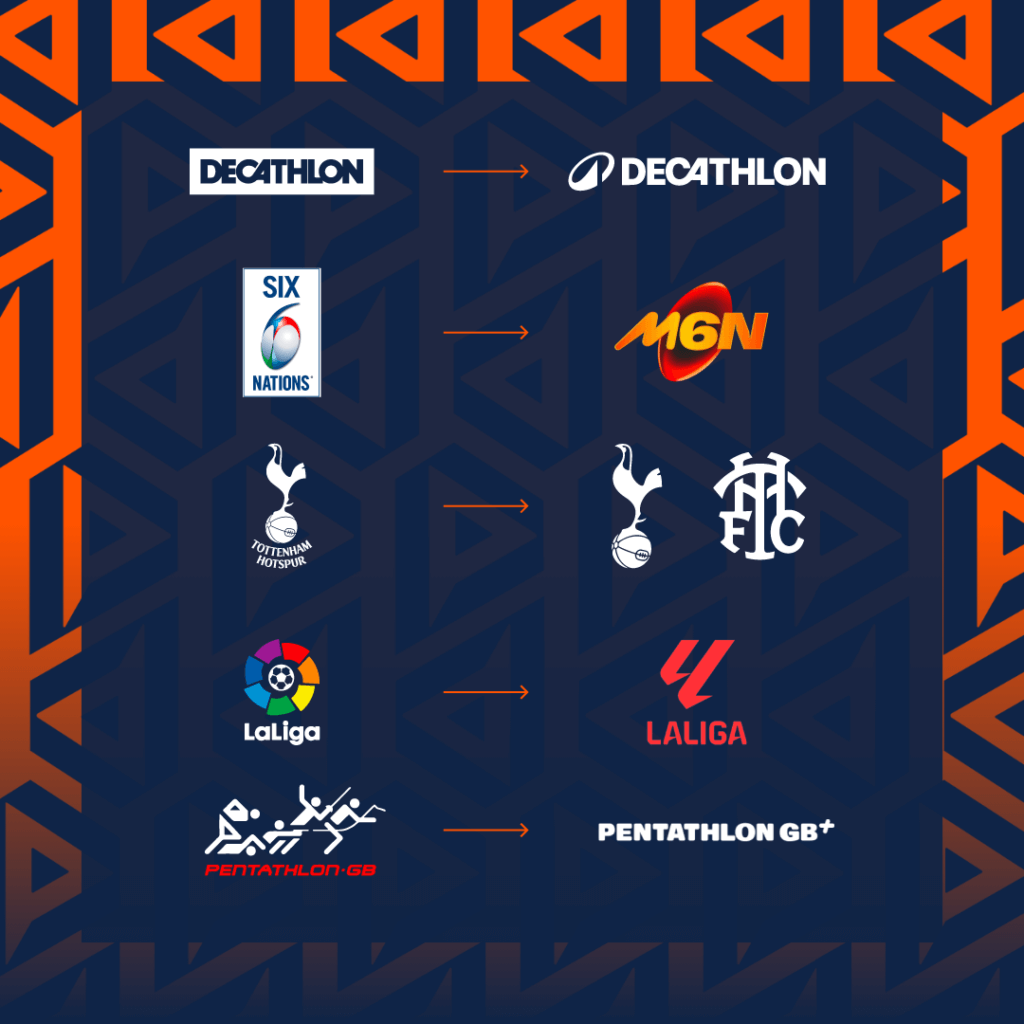**The deadline for implementing Google Consent Mode v2 was March 6th, 2024.**
In the ever-evolving landscape of online privacy and data protection, Google has been at the forefront of implementing measures to ensure user consent and data handling align with regulatory standards. With the recent introduction of Google’s Consent Mode V2, businesses operating within the digital realm face new considerations and opportunities in managing user data while maintaining effective marketing strategies.
Understanding Google’s Consent Mode V2
Google’s Consent Mode V2 builds upon its predecessor, aiming to provide a more flexible and privacy-centric approach to managing user consent for tracking and analytics purposes. At its core, the update allows businesses to adjust their tracking and measurement strategies based on the consent status of website visitors.
Key Features and Changes
- Granular Control: Consent Mode V2 enables businesses to customise tracking behaviour based on the user’s consent status, offering more granular control over data collection and usage.
- Conversion Modelling: One significant addition is the incorporation of conversion modelling, which allows businesses to optimise advertising performance even when consent for tracking is not provided. This is achieved by utilising aggregated data from users who have consented, thereby preserving user privacy while still enabling effective advertising campaigns.
- Federated Learning of Cohorts (FLoC) Integration: FLoC is a privacy-preserving mechanism developed by Google for interest-based advertising. Consent Mode V2 seamlessly integrates with FLoC, allowing businesses to target ads to groups of users with similar interests without relying on individual tracking.
- Enhanced Reporting: The updated consent mode provides businesses with more comprehensive reporting on consent rates and user interactions, empowering them to make informed decisions regarding their marketing strategies.
Implications for Businesses
1. Compliance and Trust
In an era where data privacy regulations like GDPR and CCPA are becoming increasingly stringent, ensuring compliance is paramount for businesses. Google’s Consent Mode V2 offers a mechanism to align with these regulations by respecting user consent preferences while still enabling effective digital marketing.
2. Improved User Experience
By giving users more control over their data and respecting their privacy preferences, businesses can enhance the overall user experience. Transparent consent mechanisms can foster trust and loyalty among customers, leading to stronger brand relationships and increased engagement.
3. Optimisation Opportunities
With the introduction of conversion modelling, businesses can continue to drive advertising performance even in scenarios where explicit consent for tracking is not provided. This opens up new optimization opportunities and ensures that marketing efforts remain effective in reaching target audiences.
4. Adaptability and Flexibility
The flexibility offered by Consent Mode V2 allows businesses to adapt their tracking and measurement strategies based on evolving privacy regulations and user preferences. This adaptability is crucial in maintaining competitiveness and relevance in an ever-changing digital landscape.
Best Practices for Implementation
- Transparency: Clearly communicate to users how their data will be used and provide easy-to-understand options for managing consent preferences.
- Regular Monitoring: Continuously monitor consent rates and user interactions to optimize tracking and measurement strategies accordingly.
- Educate Stakeholders: Ensure that relevant stakeholders within the organization are educated about the implications of Google’s Consent Mode V2 and the importance of compliance with data privacy regulations.
- Test and Iterate: Experiment with different consent strategies and tracking configurations to identify the most effective approach for your specific business needs.
Conclusion
Google’s Consent Mode V2 represents a significant step forward in balancing the need for effective digital marketing with respect for user privacy and data protection. By leveraging its features effectively, businesses can navigate the complexities of online data management while fostering trust with their audience and maintaining compliance with regulatory standards. Embracing this new paradigm not only ensures legal compliance but also positions businesses to thrive in an increasingly privacy-conscious digital ecosystem.


